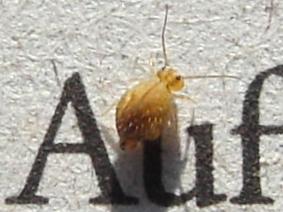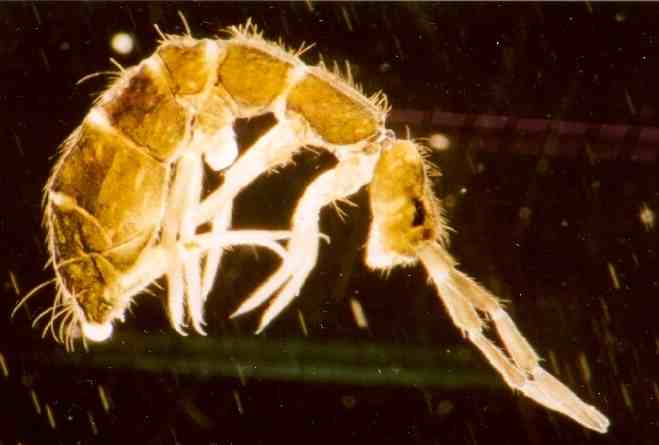|
Arrhopalitidae
Arrhopalitidae is a family of springtails belonging to the order Symphypleona. Genera Arrhopalitidae includes the following genera: * '' Arrhopalites'' Börner, 1906 * '' Pygmarrhopalites'' Vargovitsh, 2009 * '' Troglopalites'' Vargovitsh, 2012 References External links * {{Taxonbar, from=Q340055 Symphypleona Arthropod families ... [...More Info...] [...Related Items...] OR: [Wikipedia] [Google] [Baidu] |
Arrhopalites
''Arrhopalites'' is a genus of springtails in the family Arrhopalitidae Arrhopalitidae is a family of springtails belonging to the order Symphypleona. Genera Arrhopalitidae includes the following genera: * '' Arrhopalites'' Börner, 1906 * '' Pygmarrhopalites'' Vargovitsh, 2009 * '' Troglopalites'' Vargovitsh, .... Species * '' Arrhopalites acanthophthalmus'' Broll, G., Merbach, W., & Pfeiffer, E.-M. ''Wetlands in Central Europe: Soil Organisms, Soil Ecological Processes, and Trace Gas Emissions.'' Berlin: Springer, 2002. 45. * '' Arrhopalites buekkensis'' Habel, J.C. ''Relict Species: Phylogeography and Conservation Biology'' Heidelberg, Germany: Springer, 2010. 72. * '' Arrhopalites caecus'' Tullberg, 1871Fjellberg, Arne. ''The Collembola of Fennoscandia and Denmark: Entomobryomorpha and Symphypleona.'' Leiden, Netherlands: Koninklijke-Brill, 2007. 188-192. * '' Arrhopalites cochlearifer'' Gisin, 1947 * '' Arrhopalites dudichii'' * '' Arrhopalites hungaricus'' * '' A ... [...More Info...] [...Related Items...] OR: [Wikipedia] [Google] [Baidu] |
Symphypleona
The order Symphypleona, also known as the globular springtails, is one of the three main groups of springtails (Collembola), tiny hexapods related to insects. When the springtails were still believed to be an order of insects, the Symphypleona were ranked as a suborder. They can be best distinguished from the other springtail groups by their body shape. The Symphypleona are very round animals, almost spherical, and usually have long antennae. The Poduromorpha, by contrast, always have short legs and a plump body, but more oval in shape than the Symphypleona. The Entomobryomorpha are the slimmest springtails, some with long and some with short legs and antennae, but always with a very slender body. Systematics The Symphypleona order was previously suggested to also contain family Neelidae, as a very apomorphic relative in the Sminthuridae superfamily. Phylogenetic studies however suggest Neelidae to be the only family of Neelipleona order.Gao, Yan; Bu, Yun & Luan, Yun-X ... [...More Info...] [...Related Items...] OR: [Wikipedia] [Google] [Baidu] |
Pygmarrhopalites
''Pygmarrhopalites'' is a genus of springtails belonging to the family Arrhopalitidae. The species of this genus are found in Europe and Northern America Northern America is the northernmost subregion of North America, as well as the northernmost region in the Americas. The boundaries may be drawn significantly differently depending on the source of the definition. In one definition, it lies dir .... Species Species: *'' Pygmarrhopalites aggtelekiensis'' *'' Pygmarrhopalites alticolus'' *'' Pygmarrhopalites altus'' References {{Taxonbar, from=Q21231631 Symphypleona Springtail genera ... [...More Info...] [...Related Items...] OR: [Wikipedia] [Google] [Baidu] |
Springtails
Springtails (class Collembola) form the largest of the three lineages of modern Hexapoda, hexapods that are no longer considered insects. Although the three lineages are sometimes grouped together in a class called Entognatha because they have internal Arthropod mouthparts, mouthparts, they do not appear to be any more closely related to one another than they are to insects, which have external mouthparts. Springtails are omnivorous, free-living organisms that prefer moist conditions. They do not directly engage in the decomposition of organic matter, but contribute to it indirectly through the fragmentation of organic matter and the control of soil microbial communities. The word ''Collembola'' is from Ancient Greek 'glue' and 'peg'; this name was given due to the existence of the collophore, which was previously thought to stick to surfaces to stabilize the creature. Early DNA sequence studies suggested that Collembola represent a separate Lineage (evolution), evolutionary ... [...More Info...] [...Related Items...] OR: [Wikipedia] [Google] [Baidu] |

